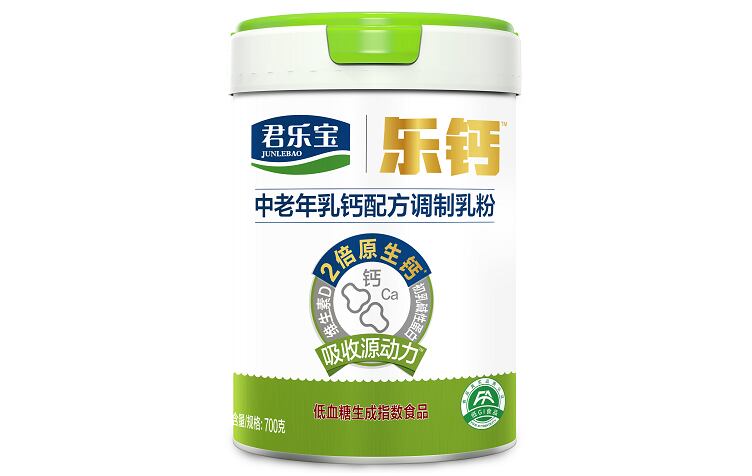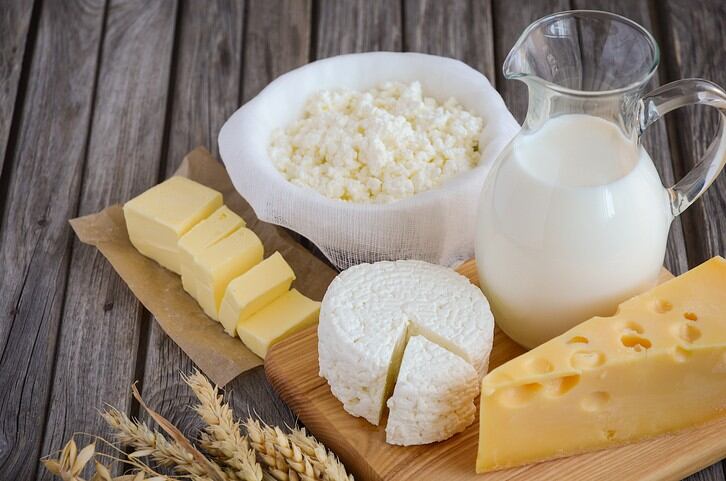Known as Le Gai (乐钙), the milk formula is said to contain twice as much calcium as the usual whole milk powder with 1,200mg of calcium per 100g of milk powder.
Speaking to NutraIngredients-Asia, Celia Ning, director of the Nutrition Research Institute at Junlebao, said that the product was designed to more effectively increase calcium uptake among Chinese seniors – most of whom are consuming dietary calcium at a lower amount than the RDI.
She pointed out that Chinese between the age of 50 and 60 were consuming only half of the daily recommended calcium intake.
Although the RDI of calcium for Chinese is 800mg per day, the average amount consumed was only half of the RDI at 400mg per day.
In the case of Le Gai, one serving of the product provides about 60 per cent of the Recommended Dietary Intake (RDI) of calcium in China.
Ning added that while calcium seemed like a well-established category, it was nonetheless a massive market in China and there were still opportunities for new product innovation, especially in terms of improving the products’ bio-accessibility and bioavailability.
“You might think that calcium is a ‘old story’, why would we need to launch a calcium product.
"However, we realised that the whole calcium market size is actually over 47 billion in China based on data from 2021, and it has the potential to grow until 100 billion.
“We believe that the white space is therefore, to launch products that could be better absorbed and at the same time provide fundamental nutrients for the target group,” Ning said.
In this case, she pointed out two important factors when selecting the form of ingredients used, namely the ingredients' bio-accessibility and bioavailability.
Bio-accessibility is defined as the amount of an ingested nutrient that is available for absorption in the gut after digestion.
In this case, the company is using calcium extracted from milk, which Ning said could be better absorbed by the body as compared to inorganic calcium, calcium lactate, and calcium derived from shellfish.
"The absorption rate of milk calcium can reach 62 to 70 per cent, which is 2.5 times higher as compared to calcium carbonate, 1.75 times higher than calcium lactate, and 5.5 times higher than shell fish calcium," she said.
Bioavailability, on the other hand, refers to the fraction of the ingested nutrient that reaches the systemic circulation and the specific sites where it can exert its biological action.
"Once you have good bio-accessibility then you can increase the bioavailability, these two are correlated," she pointed out.
Other than calcium extracted from milk, the product also contains vitamin D3 and colostrum basic protein (CBP). Both vitamin D3 and colostrum were added to improve the body’s absorption of calcium.
The product was launched in China during the World Osteoporosis Day on October 20.
Low GI
The product is said to be low in glycaemic index (GI), with a GI value of 21.
Ning explained that the low GI concept was becoming more popular in China, and consumers identify if a product could be trusted for its low GI claims by looking out for the logo of Food Authenticity (FA), also known as 食品真实品质认证, on the product labelling.
The FA certification is run by the National Center of International Research on Food Authenticity Technology (NCIRFAT).
“We are making the product low GI because high blood sugar and cholesterol are very common in China,” she said.
“More and more consumers are getting to know more about the GI concept, consumers are looking out for products with the FA logo but I would say that it is still a challenge to communicate GI, the industry will still need to work on the promotion of GI.”



